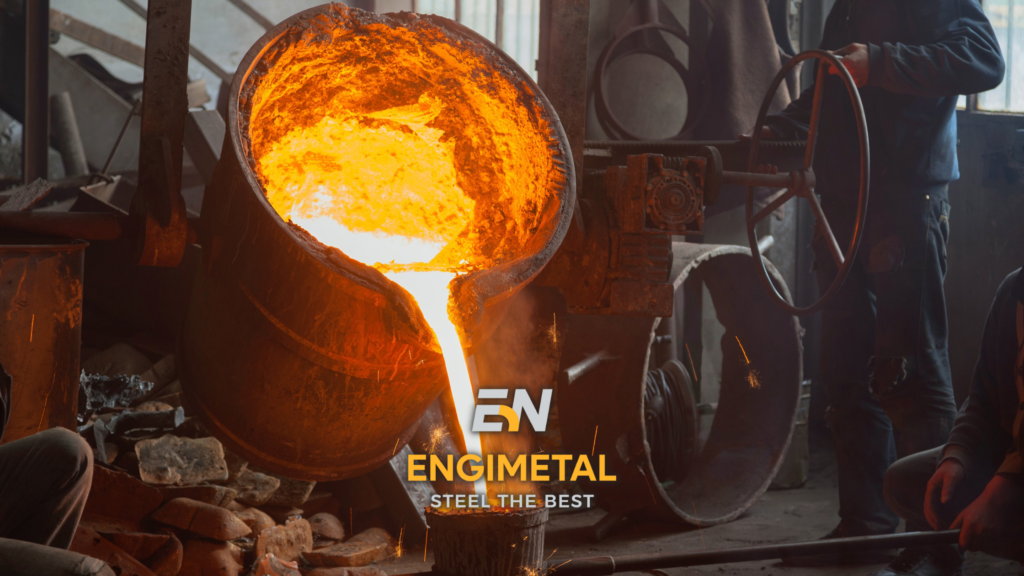
Furan masses are currently one of the most developing branches of synthetic resins usage. However, they are not a new invention. Binders based on furfuryl resins – commonly known as furan resins – are said to be used as a component of molding sands as early as 1958.
Molding sands are materials used to produce molds and foundry cores. As a matter of fact, they have become the basic starting material in foundry, allowing to systematize, accelerate and increase the quality of production processes.
In the foundry industry, several types of masses are used for molds and foundry cores. These are, among others:
Between these sands, particular attention should be paid to sands with organic binders, especially synthetic resins. These, thanks to the quick mass binding process and great ease when it comes to regeneration – as well as recycling and reuse – are a dynamically developing branch of the foundry market.
Organic binders are basically, almost exclusively, synthetic resins that are cured by adding a separate hardener or catalyst. The sand technology with furan resins is used for making medium and large castings, practically from all casting alloysgiving a wide range of applications for its products.
Furan (furfuryl) sands are the most frequently chosen synthetic resins. They are used in as much as 55% of the global market that uses self-hardening resins in the foundry industry.
Furan sands, just like other binders used in foundry, are not free from any defects. Specialists point to, among others:
It is worth spending a moment on the ecological aspect of furan sands. When working with them, it is absolutely necessary to maintain appropriate conditions and take their potential harmfulness into account, mainly due to the presence of furfuryl alcohol, which is harmful in contact with the respiratory tract and skin.
Fortunately, the increasingly stringent environmental protection regulations and strict work standards in foundries not only ensure the safety of work with this substance, but also strive to reduce the content of this component in resin. The change is already visible. In the latest generations of resins, the content of free furfuryl alcohol is limited to the levels below 25%, and its complete elimination is expected in the future.
There are other advantages of using furan resins. Their use allows, for instance, the possibility of reducing both the amount of waste and the consumption of fresh sand.
On average, as much as 78% of homogeneous cold-curing sands with furan resins are regenerated. Moreover, the reclaimed material can be used in the same molding cycle. It requires only the addition of a small amount (at the level of quality loss) of fresh sand. It can also be used to refresh molding sand.
This solution is advantageous as the legislation imposes high fees for the storage of furan masses and waste from their production, thus contributing to production plants applying solutions that are both efficient and more friendly to the ecosystem.
In addition, it is predicted that the next challenge for companies producing furan pulp will be the reduction of SO2 emissions and compounds from the BTEX group.
Sands with furan resins, when it comes to making castings from iron alloys, are undoubtedly the most widely used sands with organic binders. The current technology allows for the selection and adaptation of their properties to the needs of production plants. It is also ensuring the lowest possible impact on the natural environment and the development of this branch in the direction of neutralizing its adverse effects, both in terms of health of people working with it, and in the ecological aspect.
If you have any questions or want to know our offer, do not hesitate to ask.
